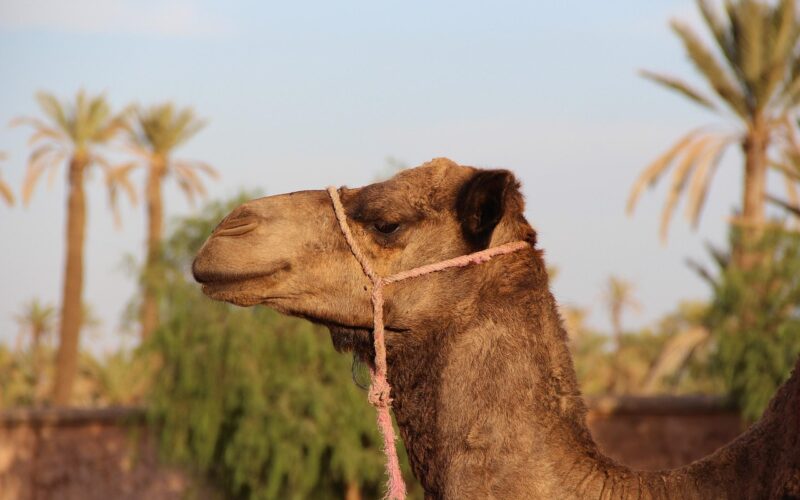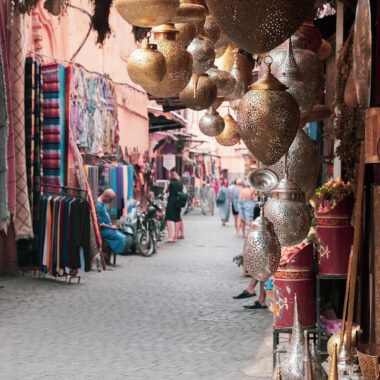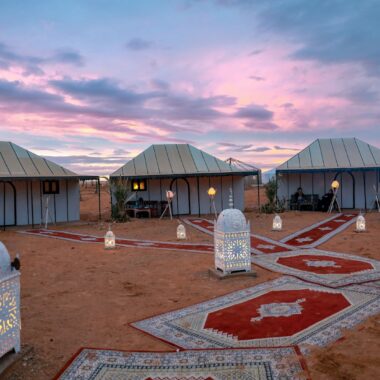Welcome, fellow travelers! If you’re dreaming of the vibrant colors and bustling energy of Morocco, Marrakech is likely at the top of your list. But to truly enjoy the souks, the gardens, and the electric atmosphere of Jemaa el-Fnaa, you need to know what the Marrakech weather has in store. From scorching summers to surprisingly cool nights, here is your definitive guide to the climate in the ‘Ochre City.’
Table of Contents
When is the Best Time to Experience Marrakech Weather?
The best time to visit Marrakech largely depends on your tolerance for heat. The city enjoys a semi-arid climate, which means plenty of sunshine year-round, but with big differences between seasons.
The Ideal Season: Spring and Autumn
The overwhelming consensus for the best Marrakech weather is the shoulder seasons: March to May (Spring) and September to November (Autumn).
- Spring (March – May): Temperatures are delightfully warm, with average highs ranging from a pleasant $24^\circ\text{C}$ to $29^\circ\text{C}$ ($75^\circ\text{F}$ to $85^\circ\text{F}$). The landscape is still relatively green, and the famous gardens are in bloom, making for perfect sightseeing weather.
- Autumn (September – November): The brutal summer heat gives way to warm, comfortable days. September still feels like summer, but by October and November, average daytime highs settle between $28^\circ\text{C}$ and $22^\circ\text{C}$ ($82^\circ\text{F}$ to $72^\circ\text{F}$). This is an excellent time for desert trips or hiking in the nearby Atlas Mountains.
A Seasonal Breakdown of Marrakech Climate
Understanding the extremes of the Marrakech climate ensures you pack correctly and plan your days efficiently.
Summer in Marrakech (June – August)
Be prepared for the heat! Marrakech weather in summer is intensely hot and dry.
- Temperatures: Average highs frequently soar to $37^\circ\text{C}$ to $38^\circ\text{C}$ ($99^\circ\text{F}$ to $100^\circ\text{F}$), with occasional heatwaves pushing the mercury even higher.
- Rainfall: Minimal to non-existent. You’ll see little to no rain.
- Travel Tip: Schedule all major sightseeing for the early morning or late evening. The mid-day sun is fierce. This is the perfect time to choose a beautiful riad with a refreshing swimming pool.
Winter in Marrakech (December – February)
While not “cold” by European or North American standards, nights can be quite chilly.
- Temperatures: Daytime highs are pleasant, averaging between $18^\circ\text{C}$ to $20^\circ\text{C}$ ($64^\circ\text{F}$ to $68^\circ\text{F}$). However, nighttime lows often drop to $6^\circ\text{C}$ to $9^\circ\text{C}$ ($43^\circ\text{F}$ to $48^\circ\text{F}$).
- Rainfall: These are the slightly wetter months, with a few rainy days per month. The rain often comes in brief, heavy showers.
- Travel Tip: Pack layers! You’ll need a T-shirt in the sun but a warm jacket and long pants for the cool evenings. Ensure your accommodation (especially a riad) offers adequate heating.
Essential Travel Tips for Dealing with the Marrakech Weather
Regardless of when you visit, these quick tips will help you manage the Moroccan climate.
Pack Smart: Day-to-Night Essentials
The significant temperature swing between day and night (especially outside of peak summer) means layering is key.
| Season | Daytime Essentials | Nighttime Essentials |
| Spring/Autumn | Light, breathable clothing (cotton, linen) | Light jacket or sweater |
| Summer | Wide-brimmed hat, SPF, loose-fitting clothes | Only a very light cover for the evening |
| Winter | T-shirt/sweater | Warm coat, scarf, and heavier layers |
Staying Hydrated and Safe
- Water is Crucial: Always carry bottled water, especially when exploring the labyrinthine souks. Dehydration is a real risk in the dry climate.
- Sun Protection: The sun is strong, even in winter. Sunglasses, a hat, and sunscreen are essential for daily outdoor activities.
- Know Your Pace: Moroccan culture embraces a slower pace during the hottest hours. Follow suit by enjoying long lunches, finding shade, and saving your energy for the vibrant night life!







